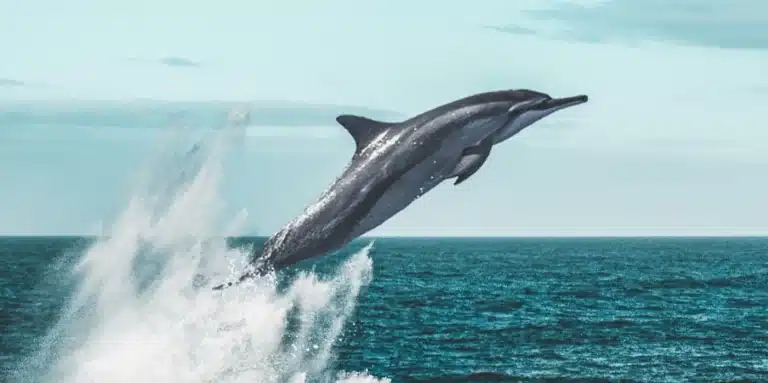Google’s DolphinGemma: The AI Model That Could Let Us “Talk” to Dolphins


Last year, I said we would be talking to Dolphins via AI pretty soon.
Imagine a world where humans and dolphins could communicate, bridging the gap between species with the help of cutting-edge AI. Sounds like science fiction, right? Well, Google has just made a massive leap toward turning this dream into reality with the launch of DolphinGemma, an AI model designed to decode dolphin communication. Announced fittingly on National Dolphin Day, this groundbreaking technology could reshape how we understand these intelligent marine mammals and their intricate social dynamics.
The Wild Dolphin Project: Decades of Research in the Making
To appreciate the significance of DolphinGemma, we need to start with the Wild Dolphin Project (WDP). This nonprofit organization has been studying wild Atlantic spotted dolphins in the Bahamas since 1985, making it the longest-running underwater dolphin research project in the world. Their approach is non-invasive, gathering decades of audio and video recordings meticulously paired with individual dolphin identities, behaviors, and social interactions.
Through this work, WDP researchers have identified patterns in dolphin vocalizations:
Signature whistles act like names, helping mothers reunite with their calves.
Burst-pulse squawks are often linked to aggressive encounters or fights.
Click buzzes are commonly heard during courtship or when dolphins chase sharks.
The ultimate goal? To uncover whether these sounds follow grammatical rules akin to human language.
From Decoding to Two-Way Communication: The CHAT System
While DolphinGemma focuses on understanding natural dolphin communication, WDP has also been working on a parallel project called CHAT (Cetacean Hearing Augmentation Telemetry). Unlike DolphinGemma’s goal of deciphering complex vocalizations, CHAT aims to establish a simpler shared vocabulary between humans and dolphins.
Here’s how CHAT works:
Researchers create synthetic whistles associated with specific objects dolphins enjoy, like scarves or seaweed.
These whistles are demonstrated repeatedly alongside the objects.
Dolphins, known for their curiosity and mimicry skills, may imitate these sounds to “request” the items.
Using Google Pixel smartphones equipped with real-time audio analysis capabilities, CHAT can detect these mimics amid ocean noise and alert researchers about which object is being “requested.” This system not only reinforces learning but also paves the way for more interactive communication.
Why This Matters: Beyond Dolphins
DolphinGemma isn’t just about understanding dolphins; it’s part of a broader effort by Google to apply AI to animal communication research. For example:
Google has previously developed whale-detection AI models that analyze hydrophone recordings.
The Earth Species Project is exploring how AI can decode non-verbal communication across multiple species.
These initiatives highlight how advancements in AI could revolutionize our understanding of animal intelligence and behavior.
What’s Next for DolphinGemma?
Starting this summer, WDP will deploy DolphinGemma in the field to accelerate research. By identifying hidden structures in dolphin communication that previously required painstaking human analysis, this model could uncover whether dolphins have a grammar-like system—a key step toward determining if they possess a true language.
But Google isn’t stopping there. The company plans to release DolphinGemma as an open model later this year, enabling researchers worldwide to adapt it for other cetaceans like bottlenose or spinner dolphins. This open-access approach could democratize marine biology research and foster global collaboration.
A Glimpse Into the Future
The implications of DolphinGemma extend far beyond marine biology. If successful, this technology could inspire bio-inspired AI systems for industries ranging from healthcare to robotics. Moreover, it challenges us to rethink our relationship with animals and the environment.
For now, though, one thing is clear: we’re closer than ever to bridging the communication gap between humans and one of Earth’s most intelligent creatures. And who knows? In a few years, you might find yourself having a chat with a dolphin—thanks to AI.
Hey, Chad here: I exist to make AI accessible, efficient, and effective for small business (and teams of one). Always focused on practical AI that's easy to implement, cost-effective, and adaptable to your business challenges. Ask me about anything; I promise to get back to you.